Australia So Much to See
Copyright (C) 2013 AustraliaSoMuchtoSee.com. All reights reserved
Miles recreated historic village and welcoming Chinchilla
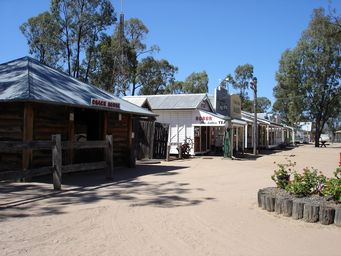
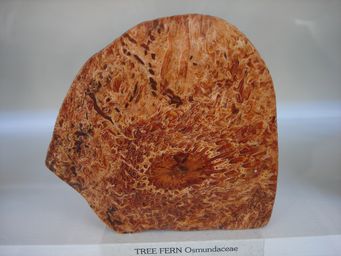
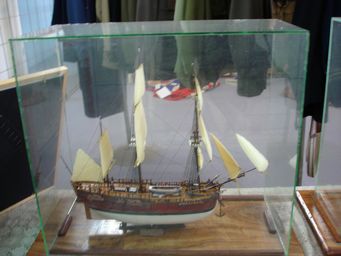
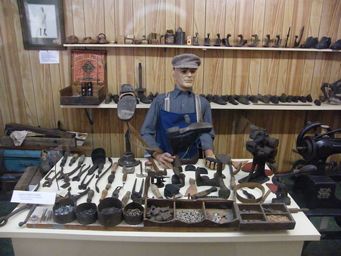
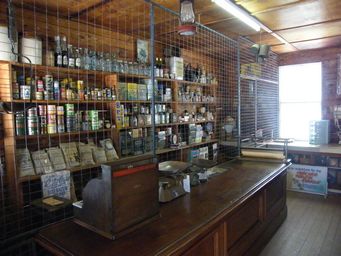
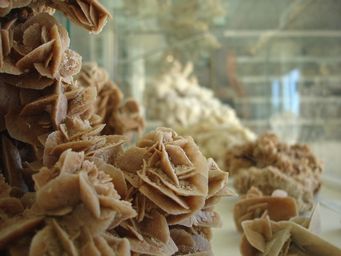
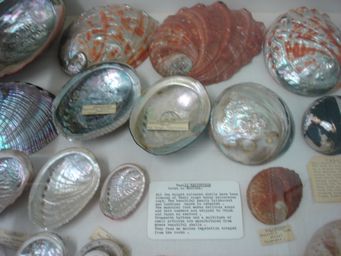
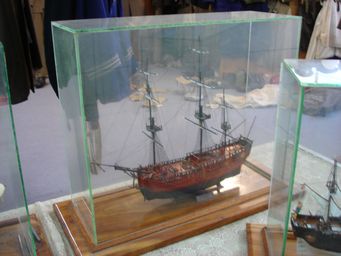
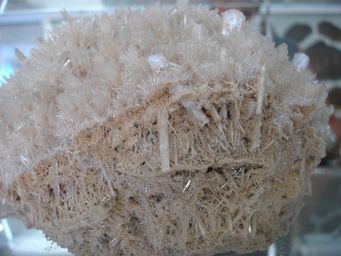
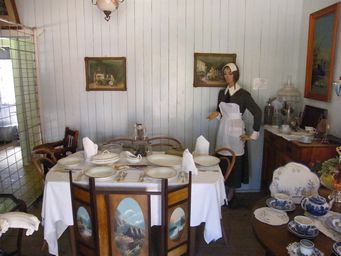
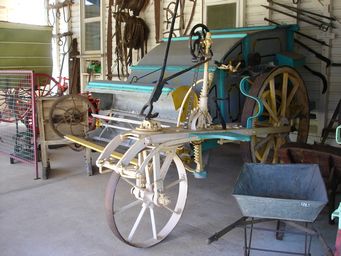
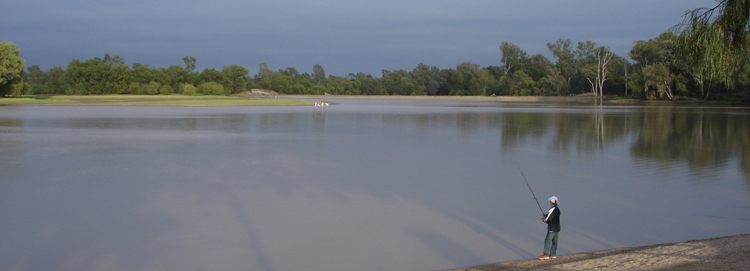
Miles features a re-constructed Pioneer Village, with each display shop fitted out.
Children were fishing early in the morning at Chinchilla Weir free campsite.
Outdoor displays of machinery.
One display room contains asea shell collection
One display room houses the large Norman Donpon Lapidary Museum with stones from all over the world, but mostly of local origin such
as the fascinating gypsum crystals and fossilised tree fern in different colours and patterns.
Above left: The beautiful
formations of crystallised Rose Gypsum.
Above left: Fascinating patterns of Gypsum crystals.
Right: A fossilised piece
of Tree-fern.
At the Military Museum there is a display of “ships in bottles”. These finely crafted replica sailing ships are works of art.
Chinchilla is a town that invites caravanning tourists to stay. We chose to stay nine kilometres south of the town at Chinchilla
Weir where camping is free, but a donation is welcomed. There are ten power outlets. With a two day limit, those we spoke
to using power were staying a second night so they could go out to dinner or patronise other businesses in town.
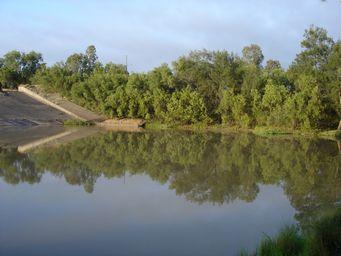
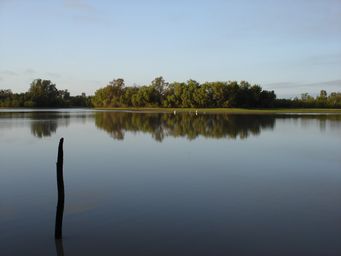
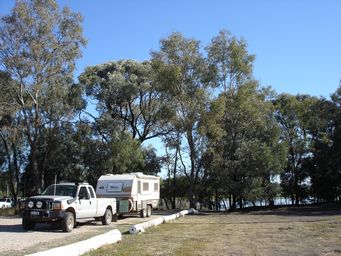
Chinchilla lays claim to being the water melon capital of Australia, producing 25% of the country’s watermelons.
Another building houses the history of the Prickly Pear (cactus) in Queensland and the battle to reclaim farmlands overrun with the
plant. Brought to Australia from South America with the early settlers, the fruit was used for jam and jelly making. There were plans to establish a Cochineal fabric dye industry. Cochineal Mealy Bugs feed on the cactus, and yield the red dye
when crushed.
Condamine Power Station near Miles is powered by Natural Gas.
19/04/2024